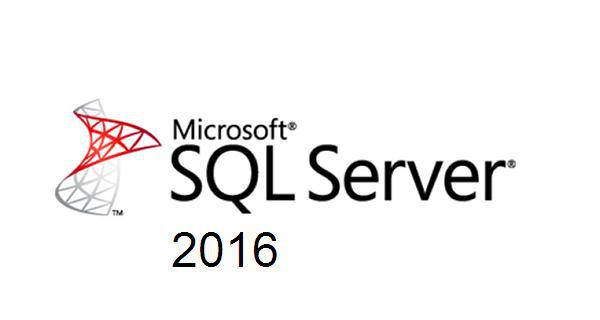New SQL Server 2014 = End of support for SQL Server 2008R2!
Microsoft releases its newest database platform, SQL Server 2014, to customers on 1 April 2014. Unfortunately this means the demise of support for...
Microsoft has made great improvements in the area of High Availability since Database Mirroring was introduced with the release of SQL Server 2005. Many of the limitations of this feature have been addressed with the release of AlwaysOn Availability Groups as part of SQL Server 2012, and subsequently enhanced in SQL Server 2014. Outlined below are the benefits and limitations of these two technologies:
Database Mirroring:
SQL Server 2012 & 2014 provides AlwaysOn Availability Groups which seeks to address these limitations. SQL Server AlwaysOn Availability Groups key features include:
This diagram shows an implementation of availability group that contains themaximum possible number of availability replicas on SQL Server 2012. In SQL Server 2014 you could add a further four secondary replicas. Initially the primary node AVG can be created and HA (High Availability) or DR (Disaster Recovery) nodes could be added when required.
Database Mirroring is still available in SQL2012 and SQL2014, but will be deprecated in future SQL Server releases.
Detailed SQL Server AlwaysOn information can be found on theMicrosoft site, or by contacting andersenIT.

Microsoft releases its newest database platform, SQL Server 2014, to customers on 1 April 2014. Unfortunately this means the demise of support for...

Interested to know more about what’s new in SQL Server 2016? Download the SQL Server 2016 factsheet here.

Microsoft has announced the next major release of their flagship database and analytics platform, SQL Server 2016, will be made available for public...
